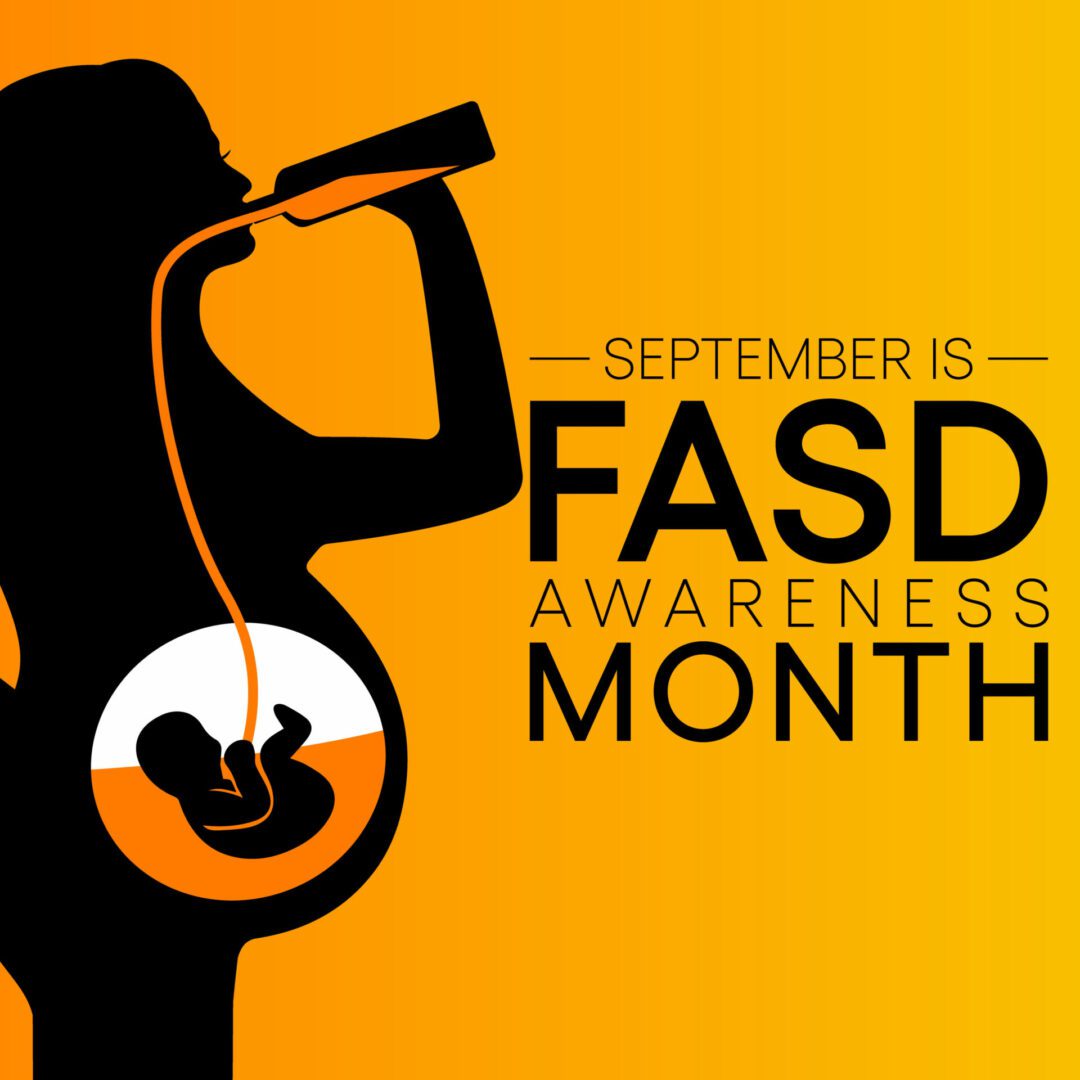Search by Color or Cause


On September 9 each year, the National Institute on Alcohol Abuse and Alcoholism (NIAAA) recognizes International Fetal Alcohol Spectrum Disorders (FASD) Awareness Day as a reminder that that there is no safe amount of alcohol consumption during pregnancy.
FASD refers to the wide range of physical, behavioral, and cognitive impairments that occur due to alcohol exposure before birth (also known as prenatal alcohol exposure). These impairments may appear at any time during childhood and last a lifetime. Wear a silver and blue enamel awareness ribbon pin to raise awareness about International Fetal Alcohol Spectrum Disorders Awareness Day.
Do you enjoy a drink now and then? Many of us do, often when socializing with friends and family.
For anyone who drinks, this site offers valuable, research-based information. Letʼs take a look at your drinking patterns and how they may affect your health.
The 2020–2025 Dietary Guidelines for Americans states that adults of legal drinking age can choose not to drink or to drink in moderation by limiting intake to 2 drinks or less in a day for men and 1 drink or less in a day for women when alcohol is consumed. Drinking less is better for health than drinking more. There are some adults who should not drink alcohol, such as women who are pregnant. Adults who choose to drink, and are not among the individuals listed below who should not drink, are encouraged to limit daily intake to align with the Dietary Guidelines. People who do not drink should not start drinking for any reason.
When is drinking in moderation still too much? Learn More on International Fetal Alcohol Spectrum Disorders Awareness Day
According to the 2020–2025 Dietary Guidelines for Americans, certain individuals should not consume alcohol.
It’s safest to avoid alcohol altogether if you are:
In addition, certain individuals, particularly older adults, who are planning to drive a vehicle or operate machinery (or who are participating in activities that require skill, coordination, and alertness) should avoid alcohol completely.
Having even a couple symptoms can signal a drinking problem. It helps to know the signs so you can make a change early. Doctors diagnose AUD when a patient has two or more of the symptoms listed below. AUD can be mild (the presence of two to three symptoms), moderate (the presence of four to five symptoms), or severe (the presence of six or more symptoms). And don’t worry. Even if you have symptoms, you can take steps to reduce your risk of AUD and other alcohol-related consequences. (For more information about AUD, see What Are the Consequences?)
If you don’t have any symptoms, then staying within the limits provided in the 2020—2025 Dietary Guidelines for Americans reduces your chances of having problems in the future. If you do have any symptoms, then alcohol may already be a cause for concern. The more symptoms you have, the more urgent the need for change. A healthcare professional can look at the number, pattern, and severity of symptoms to see whether AUD is present and help you decide the best course of action.
Note:
The questions listed above are based on symptoms of AUD in the American Psychiatric Association’s Diagnostic and Statistical Manual (DSM) of Mental Disorders, Fifth Edition. The DSM is the most commonly used system in the United States to diagnose mental health disorders.
Alcohol calculator – This is a great tool for calculating many attributes of alcohol consumption.